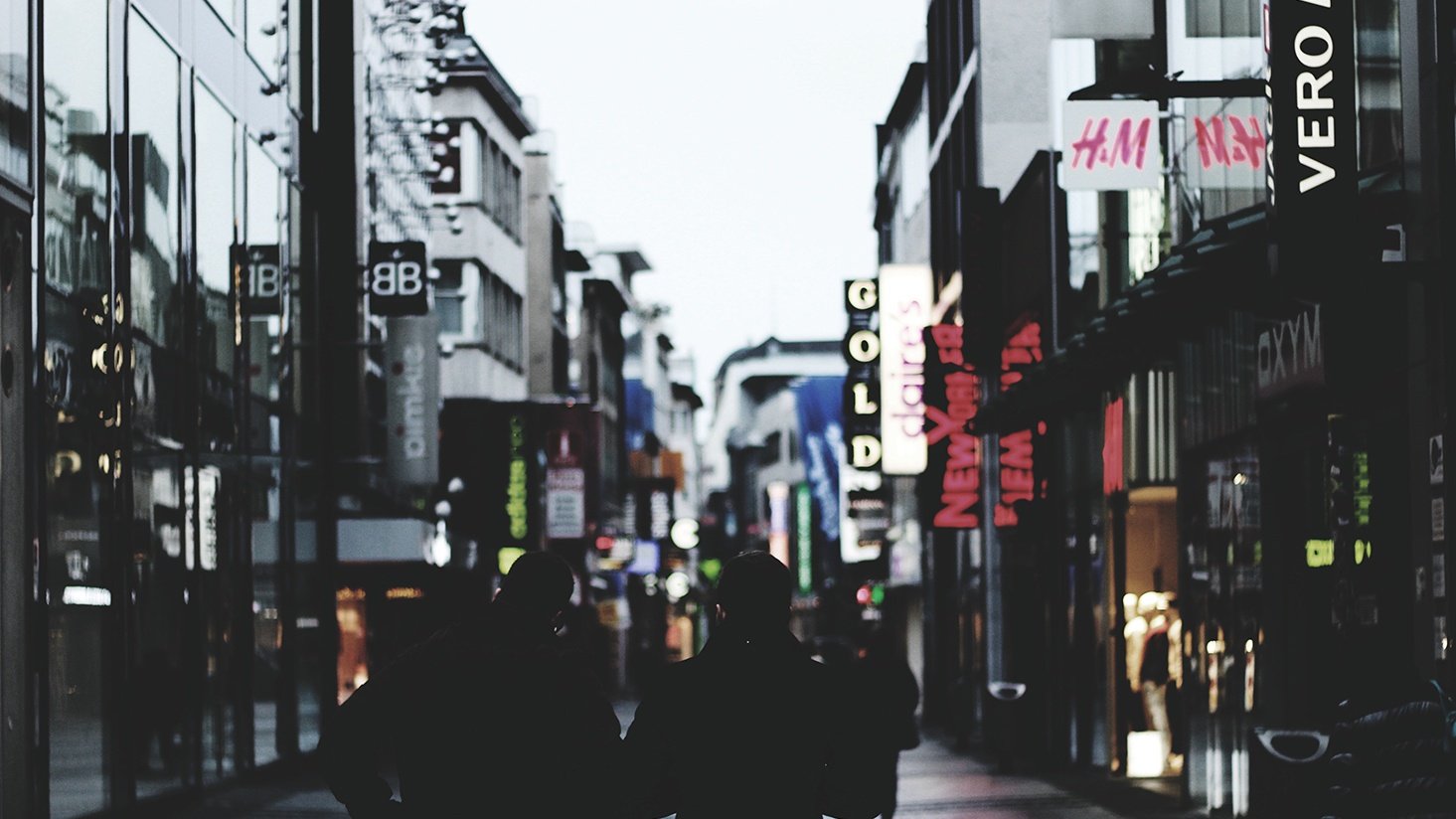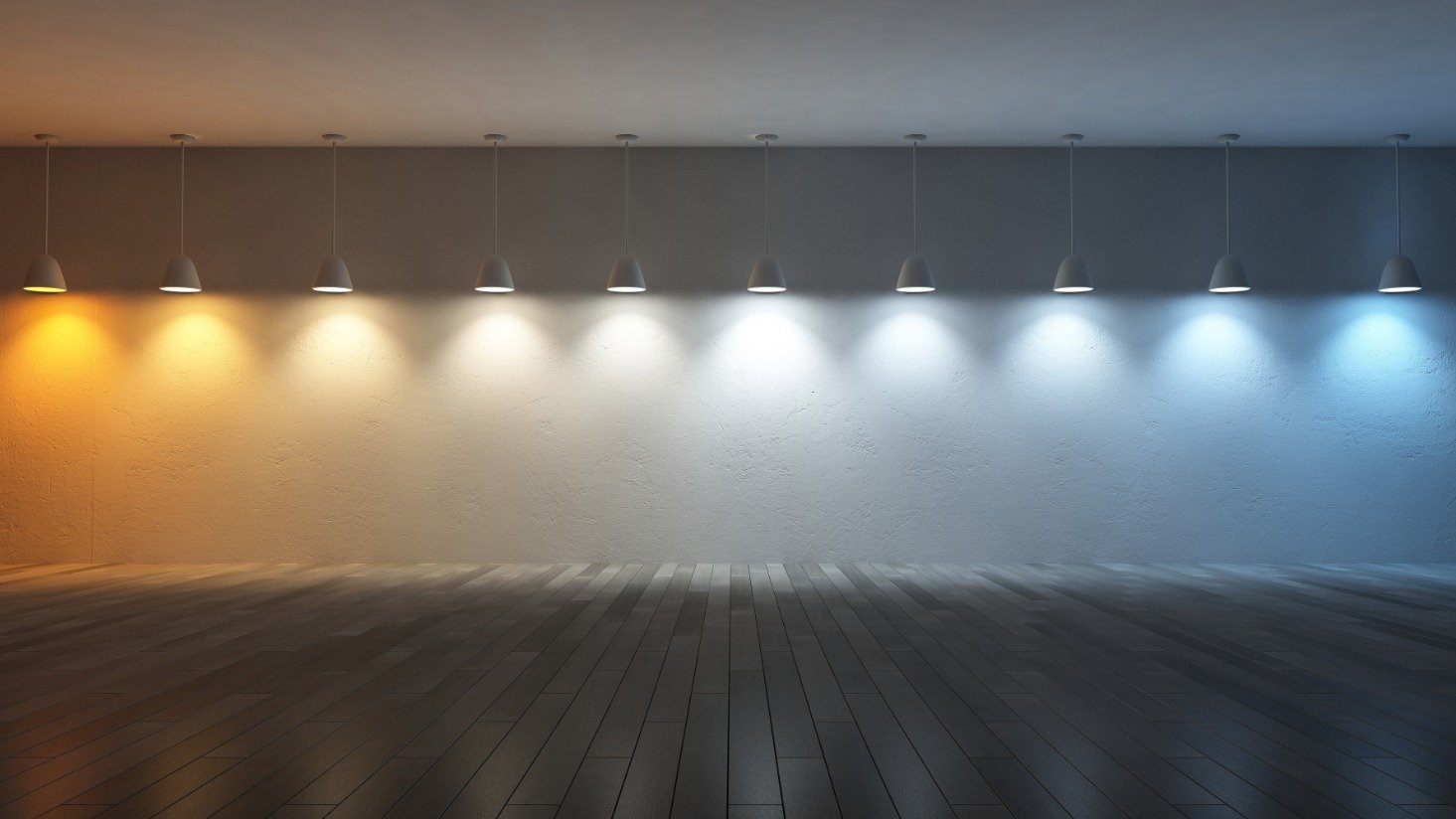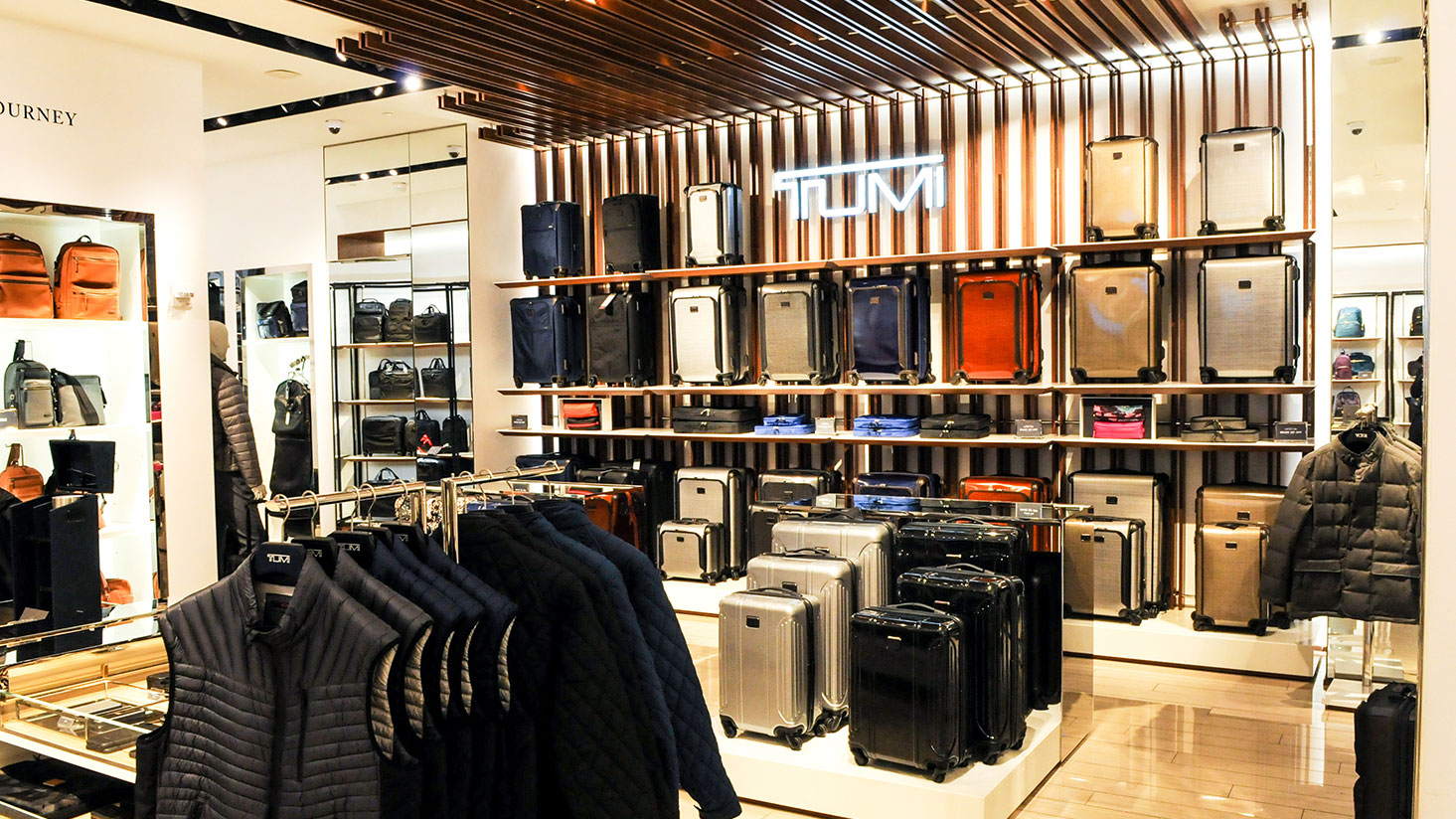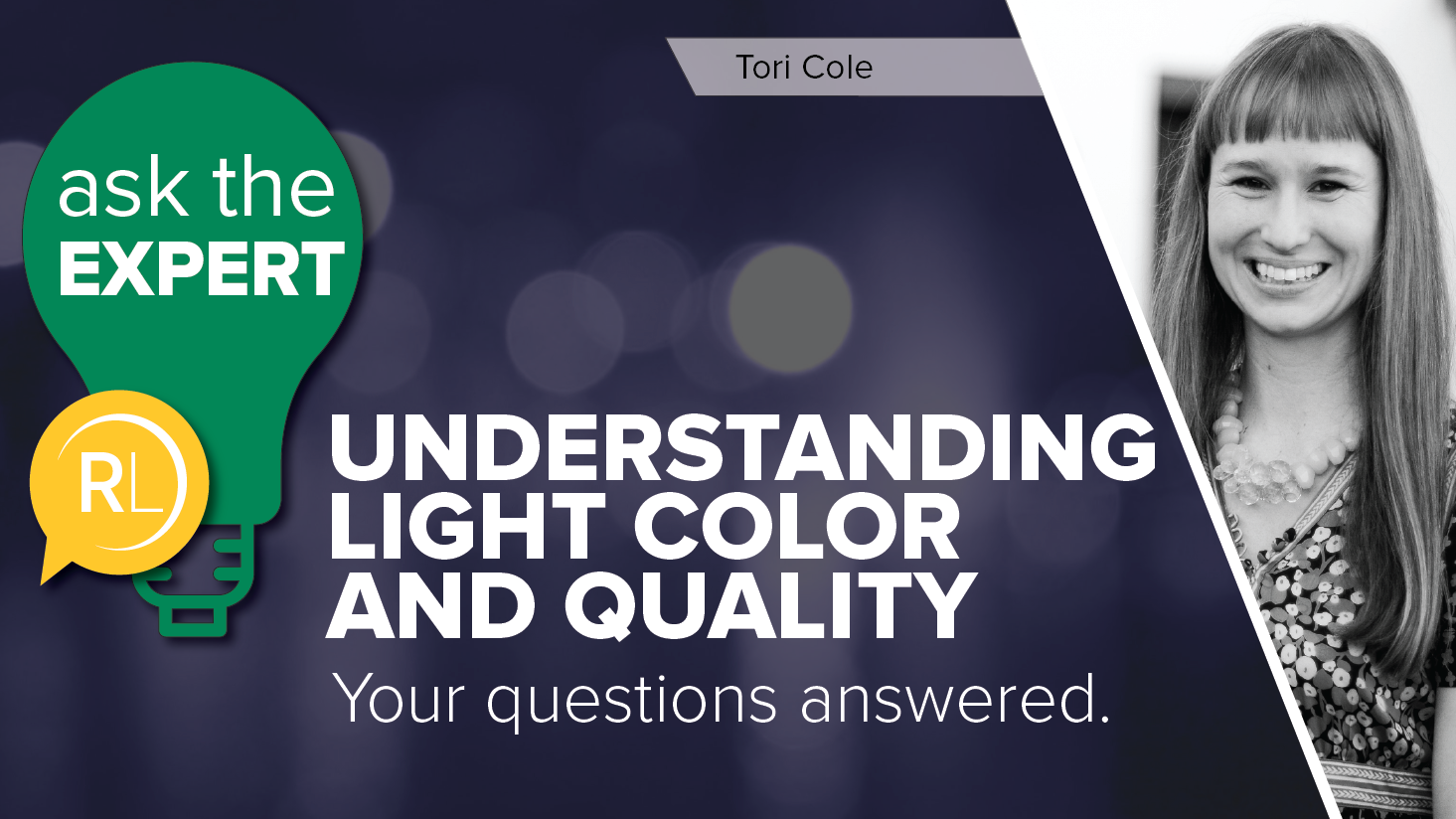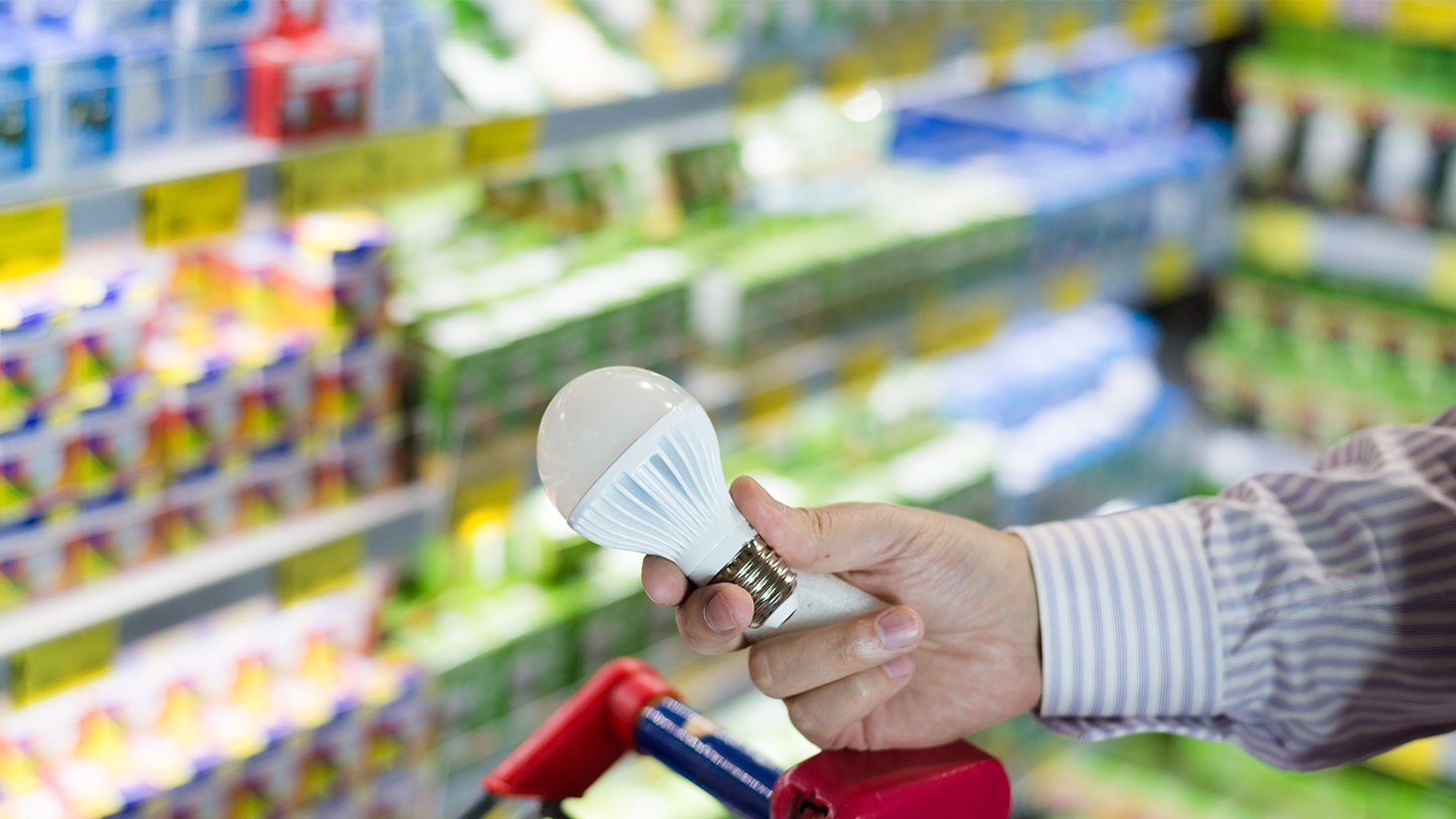Preparing your store for a sale or an important executive visit? Here are 3 retail lighting tips
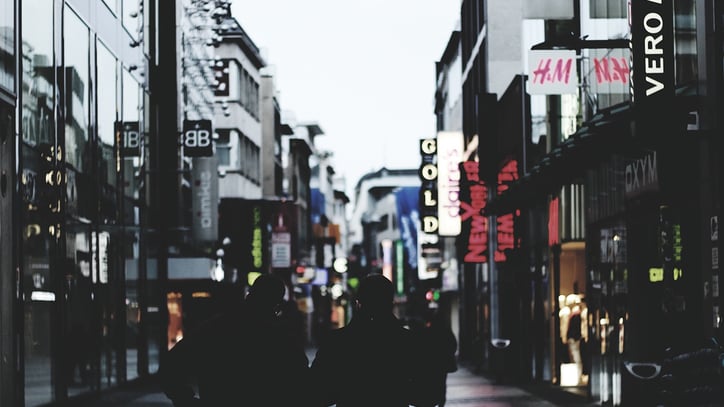
When big shopping holidays like Black Friday and back-to-school shopping hit the retail world, it all too often means stores everywhere are scrambling to get the lighting right.
Last-minute lighting solutions are not only hard to come by during busy times of the year, but lighting is probably the bane of every retailer's existence when they're already working extra time to get the inventory, merchandising, and scheduling right.
Moreover, demand for both lighting products and the contractors who are qualified to install those products is much higher during the holidays and other busy shopping seasons than during other times of the year. This can extend lead times, cause additional surcharges for "rush" service, and just generally trigger undue stress on already-pressed retailers.
If you're in retail and this isn't the reality for you in the lead up to busy shopping seasons, first off, bravo! Secondly, if this is something you experience at other times of the year – perhaps ahead of a corporate executive tour or during another season that's particularly busy for your industry – keep reading.
Here are some proactive ways to cut back on the stress of last-minute lighting prep:
1. Invest in a scheduled commercial lighting maintenance program
What's more proactive than a scheduled maintenance program? The idea here is, like car ownership, lighting requires scheduled maintenance. If you're only dealing with car maintenance reactively – in response to a tire blowing out or after breaking down on the side of the road – you're probably A) paying more for your service and B) causing yourself a lot of unnecessary stress.
More to the point, if you're not on a regular schedule with your car maintenance – scheduling oil changes and tire rotations ahead of time – you're probably spending a lot more time at the service station on Saturday mornings than you need to be. Everyone and their mother
This is by no means meant to be a responsibility lecture, but the principles here still hold true: a proactive, scheduled lighting maintenance program will save you a lot of headaches, especially during busy seasons.
2. Leave room for lead times, labor demand, human error, and bad luck
Remember, if you're scrambling to get lighting products this time of year, others probably are too. The same goes for scheduling contractors.
Ideally, you're preparing your lighting for the holidays, a big sale, or an executive visit 10-12 weeks in advance. This leaves room for potentially longer-than-usual lead times, busier-than-usual contractors. This even leaves room for human error, like a wrong order, and bad luck, like a lost package or bad weather.
If you're proactive and leave more room for these things, you're more likely to have the time to dedicate the more pressing matters in retail this time of year – window displays, staffing, merchandising, stock levels, etc.
3. Always remember: Executives are important, but paying customers keep your store alive
Lighting influences buyer behavior. You know that. So making sure it's right all the time is certainly a worthwhile effort.
What does well-done lighting look like in a retail setting? What does it look like years after the store opens or after a redesign?
Here are a few best practices:
Keep light levels and color temperature consistent
We commonly see mismatched replacements, resulting in a patch-worked lighting look. Due to imprecise ordering or a not-so-great maintenance program, stores sometimes end up with a cool temperature lamp adjacent to something on the opposite end of the color spectrum. Or sometimes, lumen depreciation has stores looking inconsistent, with newly-installed lamps giving out far more light than fading, years-old fluorescents.
Get your aiming down
Aiming is the name of the game in higher-end retail. You want your most beautiful products – or, sometimes, your highest-margin products – to be well-lit and on display for shoppers. Work with a lighting designer or distributor to get some aiming tips and specific guidelines for your store to ensure your merchandising efforts stay top-notch.
Use strong contrast ratios
Like aiming, contrast ratios are key to merchandising. You want your products to be brighter and better lit than the store floors beneath them or the dead wall space above them. This can be accomplished through not only good upfront lighting design, but also with
Invest in high-CRI lighting
CRI. What is it? It stands for color rendering index and it measures a lighting product's ability to accurately render the true colors of the surface or item underneath it. In retail, you want to invest in high-CRI lighting products to ensure your merchandise is perceived properly by customers – that your purples are purple, not blue, and your reds are red, not pink. (Remember the "white and gold/ blue and black" dress? My guess is it was sold in a space that had low-CRI lighting.)
Looking for more detail on choosing CRI for your store? Check out our post, 'How to choose Color Rendering Index (CRI): A practical guide'
No matter what kind of position you're in ahead of a busy shopping season or a forthcoming executive visit, we're here for you. We've got six distribution centers around the country, allowing for quick shipments and (hopefully) short lead times.
